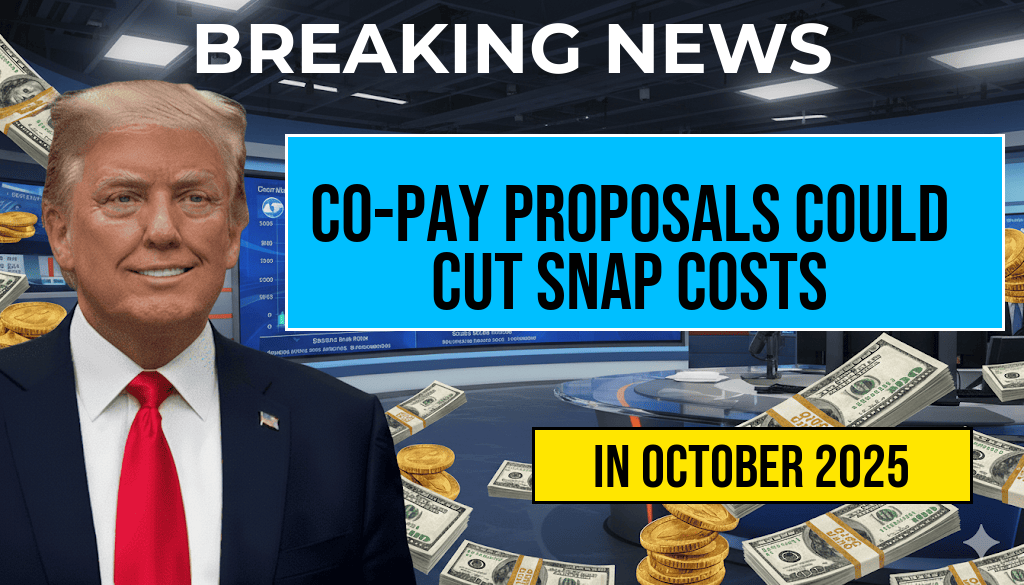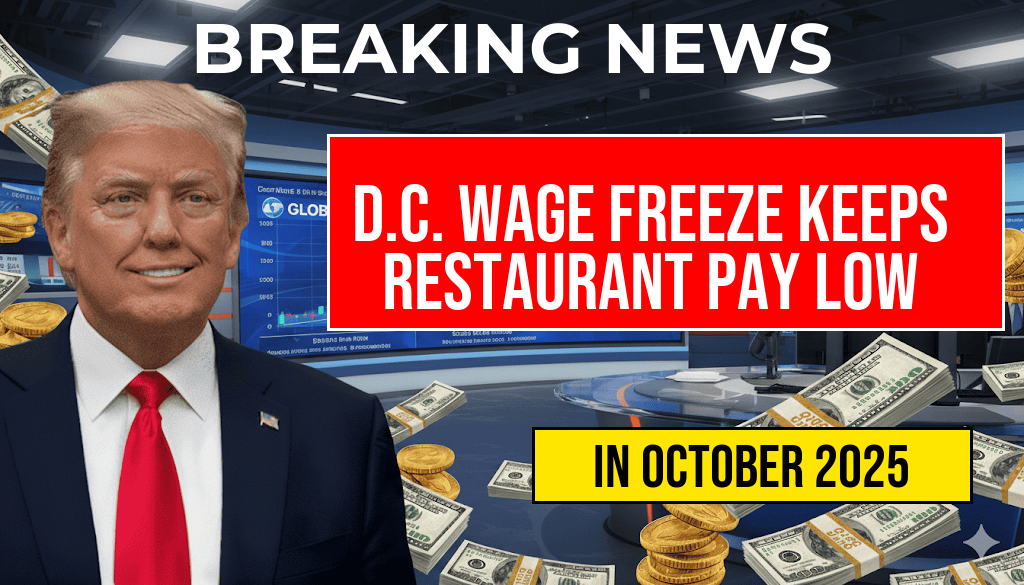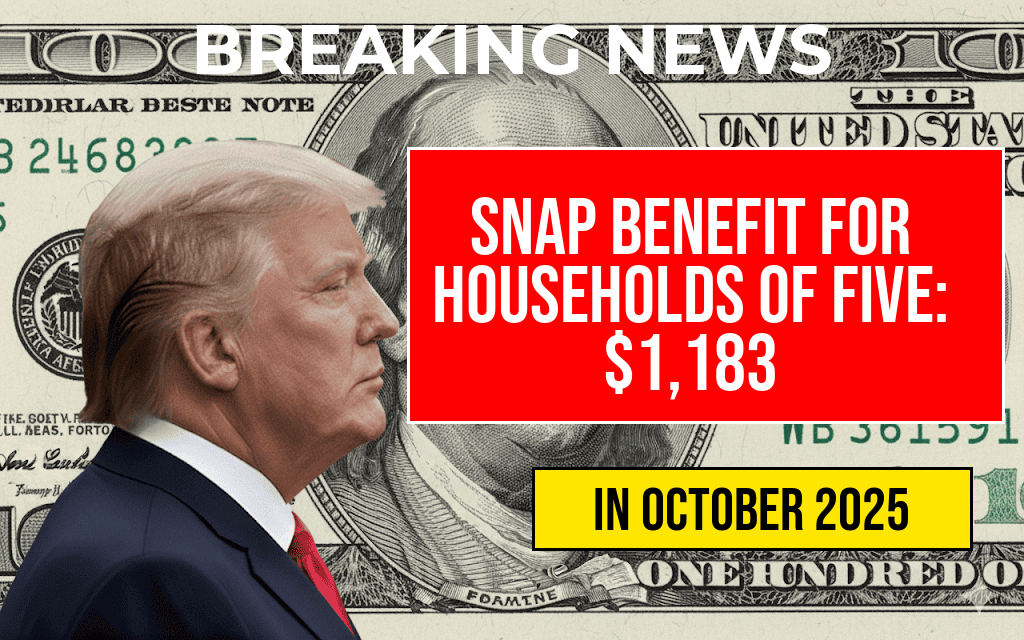Recent proposals in several states suggest implementing co-pay systems that could significantly impact the Supplemental Nutrition Assistance Program (SNAP). If adopted, these co-pay initiatives may reduce SNAP costs for participating households by over $50, bringing the average assistance amount per household down to approximately $546. This potential adjustment aims to streamline expenditures while ensuring that families can still access essential food resources. As the cost of living continues to rise, the implications of these changes are drawing attention from policymakers, advocates, and beneficiaries alike.
Understanding the Proposed Co-Pay System
The new co-pay proposals are designed to introduce a system where households will contribute a small portion of their food expenses, which proponents argue could lead to more responsible spending and decreased reliance on government assistance. This approach aligns with broader efforts to reform welfare systems and encourage self-sufficiency among low-income families.
Key Features of the Co-Pay Proposals
- Sliding Scale Payments: The amount families would pay could vary based on income levels, ensuring that lower-income households are not disproportionately affected.
- Increased Flexibility: Participants may have the option to choose how they allocate their benefits, allowing for more personalized food choices.
- Focus on Nutritional Value: Some proposals emphasize reimbursement for purchasing healthier food options, potentially integrating nutrition education into the program.
Impact on Households and Communities
The proposed changes could affect millions of Americans who rely on SNAP for their daily nutrition. The reduction in total assistance to $546, even with co-pays, raises concerns among advocates who fear that vulnerable populations may struggle to meet their basic needs.
Potential Benefits and Drawbacks
| Benefits | Drawbacks |
|---|---|
| Encourages responsible spending habits. | May increase food insecurity for low-income families. |
| Potential for improved nutritional choices. | Administrative complexities in implementation. |
| Reduces overall government expenditure on SNAP. | Risk of alienating beneficiaries who feel targeted. |
Advocacy and Response
Advocacy groups are voicing mixed reactions to the co-pay proposals. While some support the idea of encouraging personal accountability, others warn that the financial burden could disproportionately affect low-income families who are already struggling to make ends meet. Feeding America and other organizations are urging policymakers to consider the potential repercussions on food security.
Government and Legislative Perspectives
Lawmakers are divided on the issue. Proponents argue that the co-pay system will improve the sustainability of SNAP, while opponents express concern that it could lead to increased hardship among the very populations the program aims to support. As discussions continue, states are weighing the potential fiscal benefits against the societal impacts of such changes.
Future Implications for SNAP
The SNAP program has seen numerous changes over the years, and the introduction of co-pays could mark a significant shift in how food assistance is administered in the United States. As the proposals move through legislative processes, stakeholders from various sectors are closely monitoring developments, recognizing that the outcomes could set a precedent for future reforms.
Conclusion: What Comes Next?
As discussions around the co-pay proposals unfold, it is crucial for stakeholders to remain engaged and informed. The potential reduction in SNAP benefits highlights the ongoing challenges facing low-income families and the importance of balancing fiscal responsibility with the need for adequate nutrition support. The dialogue continues as communities and policymakers seek solutions that best serve the needs of all citizens.
For more information on SNAP and its impact, visit USDA’s SNAP webpage and National Anti-Hunger Organizations for comprehensive resources and updates.
Frequently Asked Questions
What are the proposed state co-pay changes for SNAP benefits?
The proposed state co-pay changes aim to reduce SNAP costs for eligible households, potentially lowering expenses by over $50 for two individuals, which would bring the total to $546.
How will the co-pay proposals affect SNAP beneficiaries?
The co-pay proposals are designed to ease the financial burden on SNAP beneficiaries, making it more affordable for them to access food assistance and improve their overall financial situation.
Who will benefit from the state co-pay proposals?
The primary beneficiaries of the state co-pay proposals are low-income households participating in the SNAP program, especially those with two members, as they could see significant reductions in their overall costs.
When are the proposed changes expected to take effect?
The timeline for the implementation of the proposed changes to the SNAP program has not been clearly defined, but stakeholders are advocating for swift action to help those in need.
How can I find more information about my state’s SNAP program?
You can visit your state’s SNAP program website or contact local social services for detailed information regarding eligibility, benefits, and any upcoming changes, including the state co-pay proposals.






